Linac
A linear accelerator, or “linac,” is basically a long hollow pipe, depleted of nearly all its air, through which electrons are accelerated on the crest of a traveling radio-frequency wave. By using a moving electromagnetic field to accelerate the electrons, the linac achieves a high-energy electron beam without the need for excessively high electrical voltages.
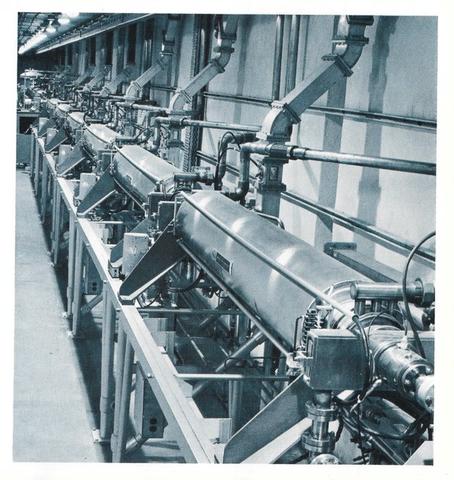
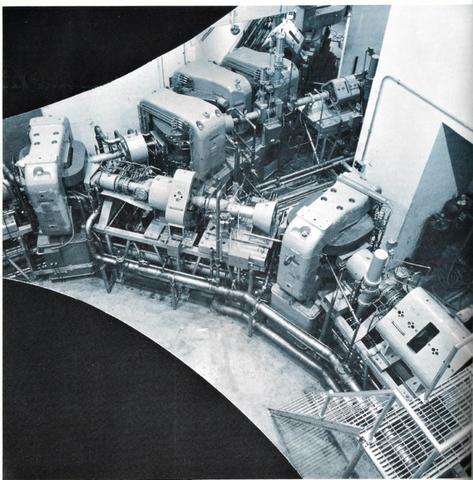
When it went into operation in 1965 within Building 245 on the newly built campus in Gaithersburg, Maryland, the linac produced one of the world's most intense high-energy electron beams. Emerging from the end of the accelerator, this well-defined beam was then controlled by magnetic fields so it could interact directly with various materials or strike certain targets to generate other radiation, such as X-rays, positrons and neutrons. Beams of these radiations could be used in a variety of experiments in nuclear physics.
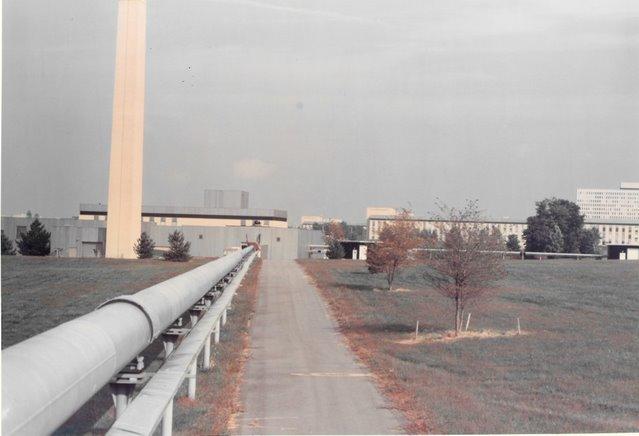
The linac design stressed stability, a small spread of electron energies, and other high-quality beam characteristics.
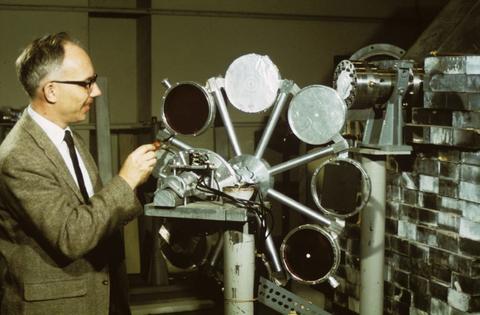
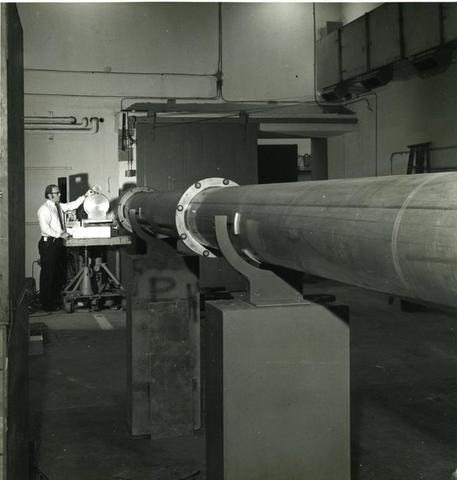
Over a period of nearly two decades, the research program at the linac contributed to fundamental nuclear physics with a well-coordinated collaboration between theorists, experimentalists and database developers. Its ability to produce a high-intensity beam of neutrons made the linac a major user facility for university-based nuclear physics research. Experiments using the accelerator included measurements of a variety of neutron properties and light-induced nuclear reactions.
It was decommissioned in the 1980s.

